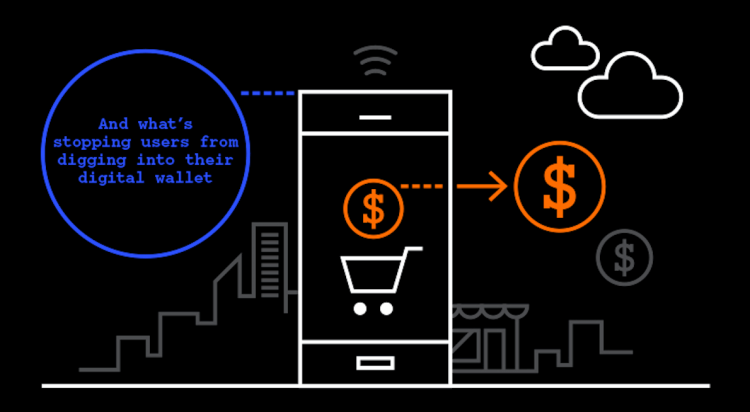Presented by Braintree
In a look back at how mobile commerce had grown last year,VentureBeat pointed to one-touch payments — using products like Apple Pay, Android Pay, and One Touch (from Braintree’s parent company, PayPal) — as “the shopping invention consumers have long awaited” that “pushed the digital-shopping experience forward in 2015.”
For instance, the Nielsen Global Connected Commerce Survey (Q4 2015) reveals that, on a global basis, 56 percent of consumers used credit cards for purchases. However, digital payments are not far behind, with almost half of consumers — 43 percent — using them for purchases. On a country-to-country basis, China far and away had the highest percentage of digital payment usage, with 86 percent of consumers using them for purchases. On the other end of the scale is the Middle East, where digital payments were made by just 1 percent of the users.
View the entire Digital Wallet Infographic — just click to enlarge.
The financial landscape in the U.S. is highly fragmented — meaning it takes longer to adopt new technologies, with 74 percent of users still making payments with a credit card. Digital payments, on the other hand, are used by only 38 percent of Americans. That compares to 56 percent in Western Europe, 37 percent in Southeast Asia/Pacific, and 30 percent in India. U.S. consumers also rely on store-specific gift cards (26 percent), debit cards (25 percent), direct debit from a bank account (24 percent), and cash on delivery (11 percent).
With more than 13 million point-of-sale terminals, more than 209 million adults in the U.S., and more than 1.2 billion cards among them, it will take time for more retail terminals to begin accepting digital wallets. It will also require training to get more people comfortable using the technology regularly. It’s really a chicken-and-egg situation: You don’t want retailers ready to accept digital wallets without customers being aware they can use them, nor do you want customers asking to use digital wallets without retailers being able to accommodate their purchases.
That being said, we’re seeing an increase in the adoption of digital wallet payments across companies, and the inclusion of digital wallets within apps.
For instance, Starbucks, an early adopter and leader in mobile payments, reported in 2014 that 15 percent of its app users chose to pay with the Starbucks app rather than pull out their physical wallet. That figure climbed to 21 percent in 2016.
Social networks are also getting in on digital payments in innovative ways. For example, you may have already noticed that talking about Uber in Facebook Messenger will create a link you can click to request an Uber ride. You can also make a P2P (peer-to-peer) payment within the chat app.
Of course, like anything new that’s introduced, there’s also concern. The IEEE Global Cybersecurity Survey completed in February found that 46 percent of the respondents are worried about losing personal data through an information hack of a mobile payment system. Thirty-three percent worry about unauthorized payments being processed by a mobile payment provider.
However, the survey also indicated that 70 percent of the respondents believe that mobile payment security will be so solid that cash and credit cards will be rendered unnecessary by 2030, so they’re quite optimistic for the future.
Certainly, the high-level competition between digital wallet providers brings major benefits to consumers. More service providers means consumers have a larger number of options to choose from, but the competition also pushes all of the companies to work harder to provide better service and more lucrative incentives to customers.
Sponsored posts are content produced by a company that is either paying for the post or has a business relationship with VentureBeat, and they’re always clearly marked. Content produced by our editorial team is never influenced by advertisers or sponsors in any way. For more information, contact sales@venturebeat.com.


